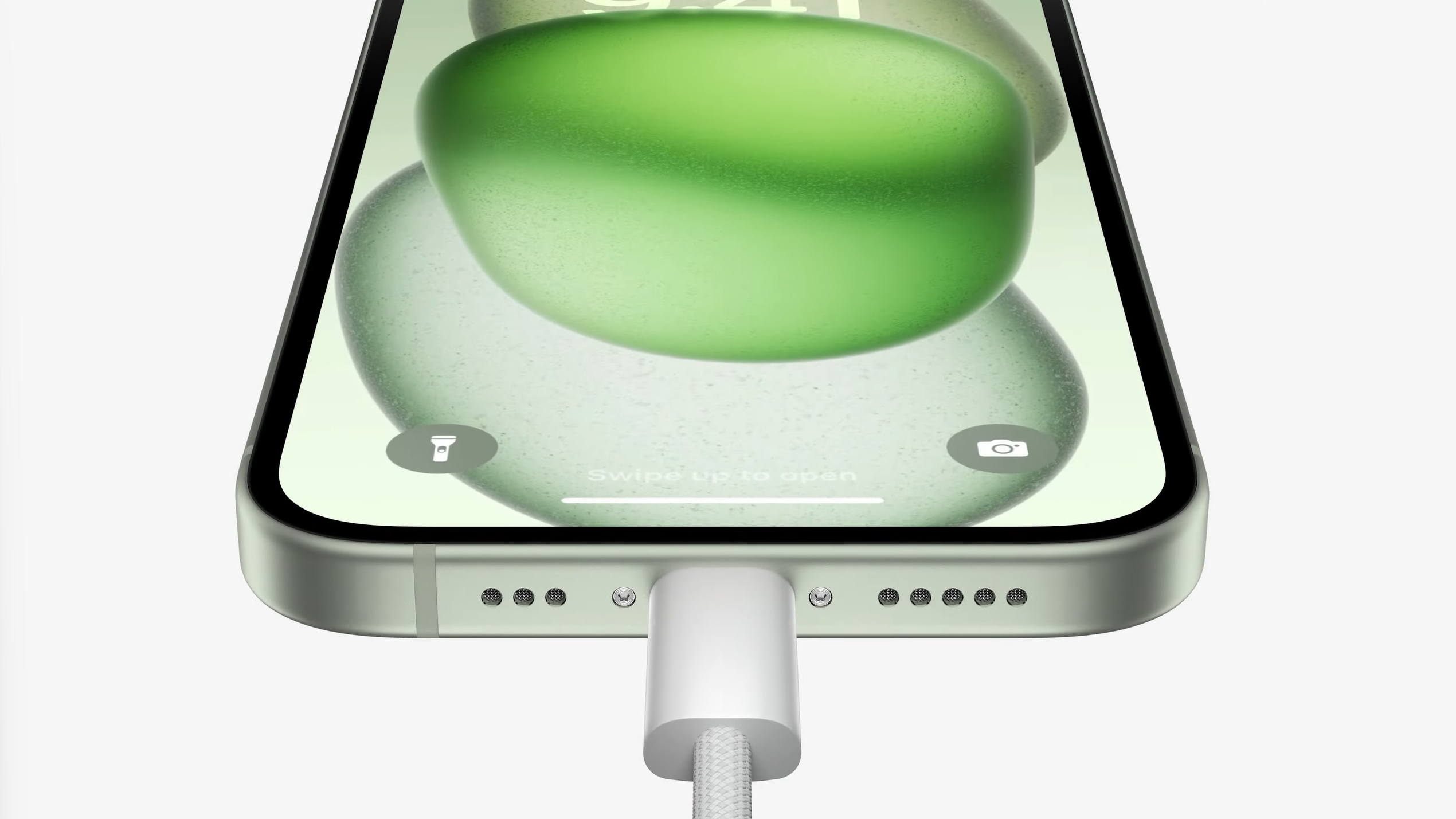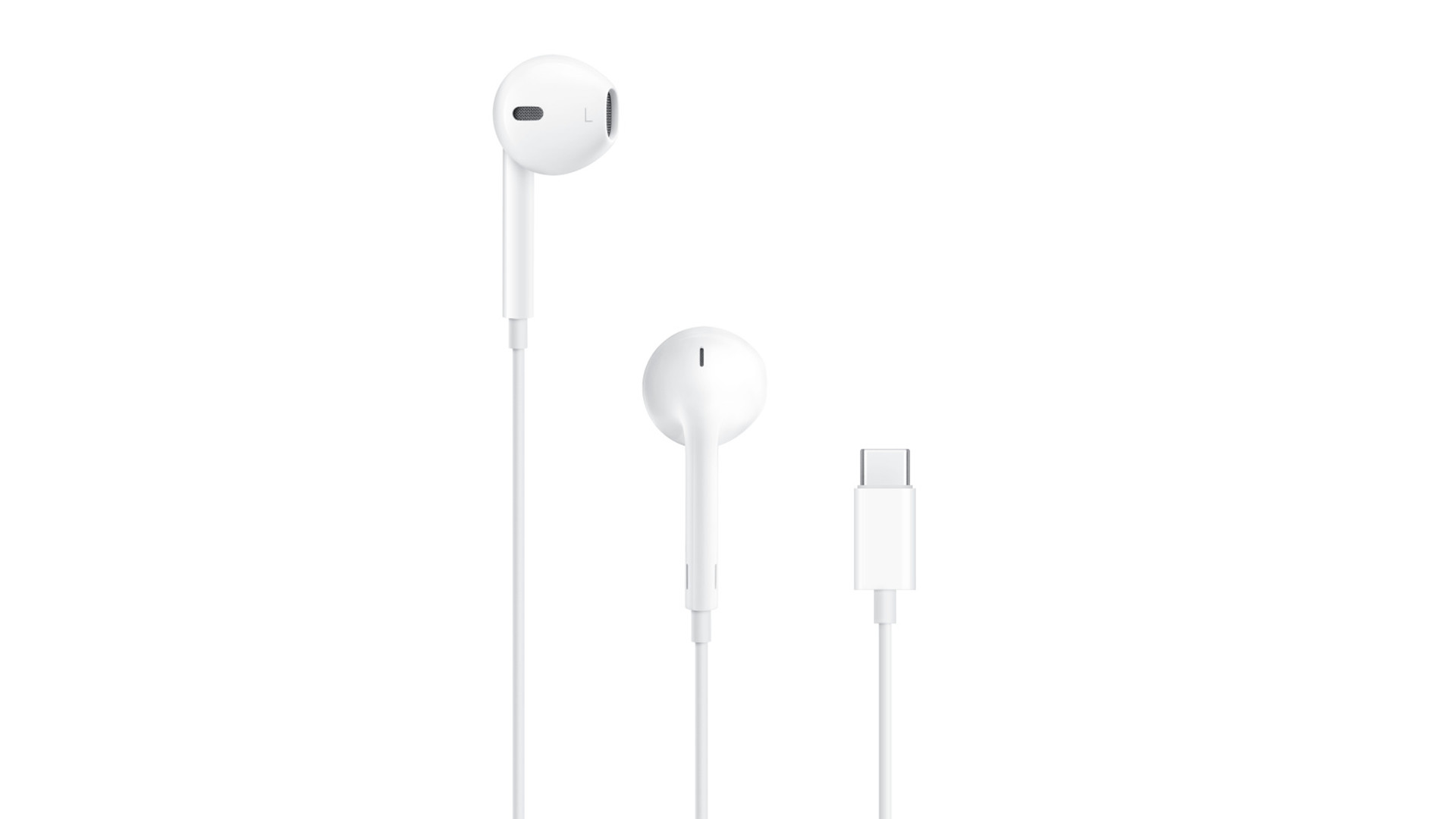The iPhone 15 USB-C switch explained: why it happened and why it matters
Apple finally opts in to the universal connection standard

It’s official: the iPhone 15 series will be adopting USB-C cables as Apple will be abandoning the Lightning standard for the future. Switching this single port is a small, yet monumental move – one that will change how iPhones operate moving forward.
To be totally honest, iPhones adopting USB-C has been the tech industry’s worst kept secret. We’ve actually known about it for some time now thanks to multiple leaks and third-party companies creating new hardware to support the change. Still, even though everyone saw it coming from a mile away, it is a welcome update. iPhones will now play a lot nicer with other devices as users won’t need to have both a Thunderbolt and Lightning cable to get the most out of their hardware. Now we have a universal standard.
But is better compatibility with other phones and laptops really all there is to the USB-C switch? No. There's more to it than that.
How did this all start?
Just to give a quick refresher, this whole thing started back in 2022 when the European Union passed legislation forcing tech companies around the globe to adopt USB-C as their sole charging standard. The EU had been eager to enact this law for over a decade, citing “significant amounts of electronic waste caused by unused chargers and the inconvenience suffered by… users who need different cables for different devices.”
Some expected Apple to fight back but. funny enough, the tech giant ultimately accepted the EU law. Apple Senior Vice President of Worldwide Marketing Greg Joswiak told the Wall Street Journal the company will comply with the mandate as it has “no choice.”
How does the iPhone 15 benefit from USB-C?
Looking at the recently held Apple September 2023 Event, the implementation of USB-C on the base iPhone 15 model is rather subdued.
It does the basics like charging the phone and transferring data although it does have some unique aspects. If you have a pair of dead AirPods, for example, you can use the cable to send power down to the earbuds. Additionally, having USB-C will save you the headache of looking for a Lightning cable. It’s all universal. There are even plans to bring a USB-C connector to EarPods using the iPhone port as the input.
Sign up for breaking news, reviews, opinion, top tech deals, and more.

The more notable upgrade can be seen with the iPhone 15 Pro’s support of USB-C.
Apple states the high end model will be capable of transfer speeds up to 10 GB via USB-C 3.2, which is the format the company decided to go with. You can also connect the phone to a Mac to direct write files onto the computer’s hard drive. This is very useful for videographers or everyday people who want to record 4K resolution content but may not have the space on their iPhone 15 Pro. Considering the model will be able to record spatial videos, the USB-C transfer may be a necessity.
Can I buy a USB-C cable from Apple?
Yes, you can. In fact, there are several first-party and third-party options available on Apple’s online store. If you’re thinking of picking up the iPhone 15 Pro, we recommend purchasing the Thunderbolt 4 (USB-C) Pro Cable. The product description states this can be used to connect the high-end model to a Mac. It is expensive. Prices range from $69 / £75 / AU$115 for a one meter cable to $159 / £129 / AU$249 for the three meter.
If you want something cheaper and shorter, there’s the Apple Thunderbolt Cable (2.0 m) – White. Prices for this one go from $29 for half a meter to $39 for two meters.
YOU MIGHT ALSO LIKE

Cesar Cadenas has been writing about the tech industry for several years now specializing in consumer electronics, entertainment devices, Windows, and the gaming industry. But he’s also passionate about smartphones, GPUs, and cybersecurity.